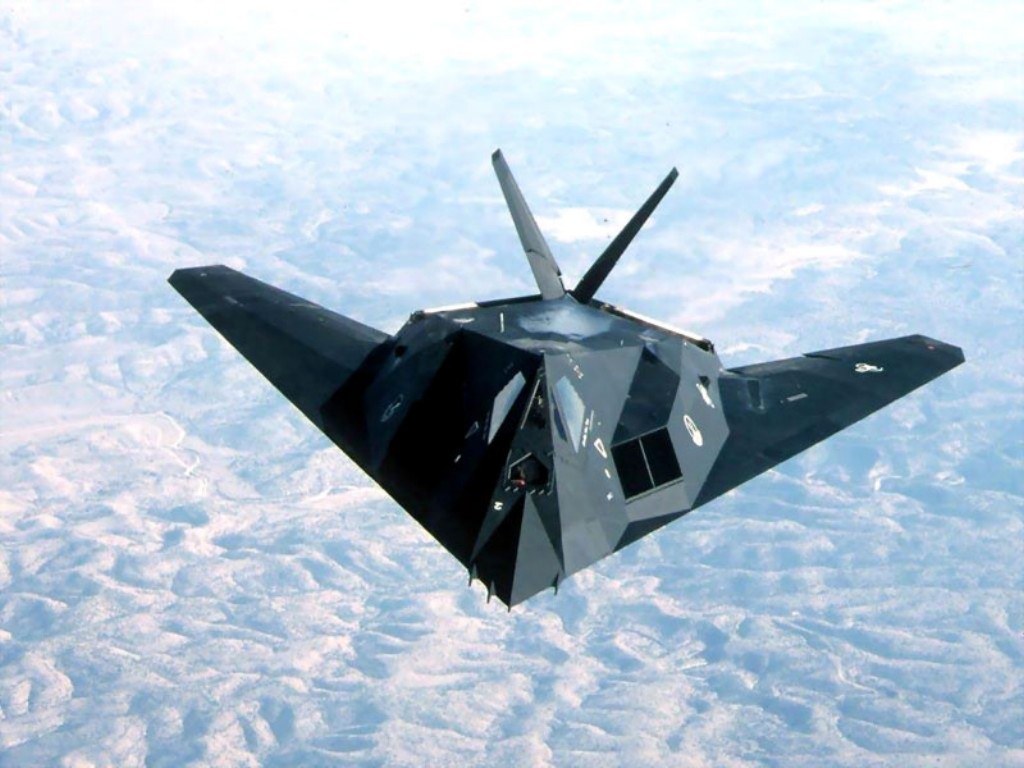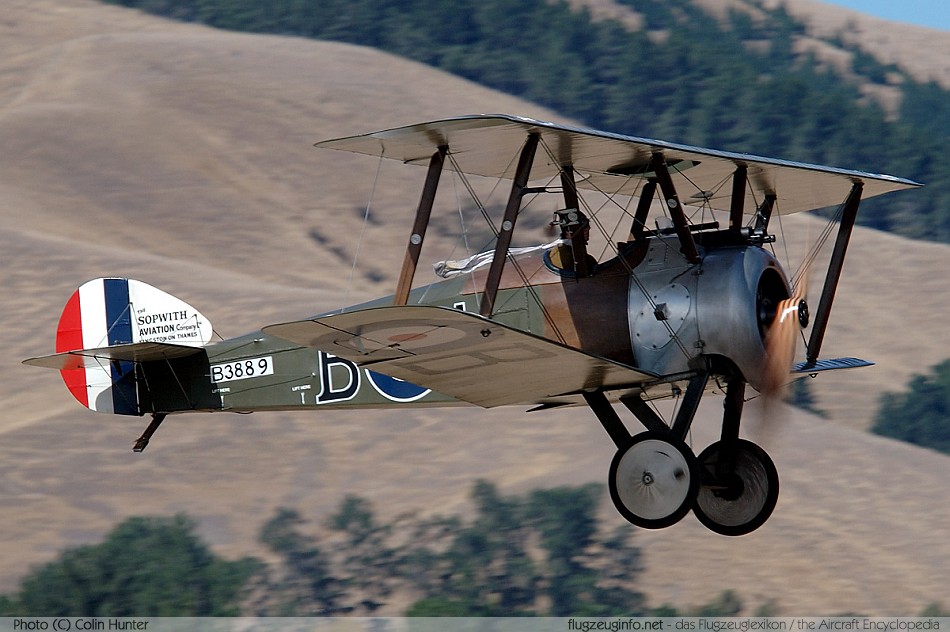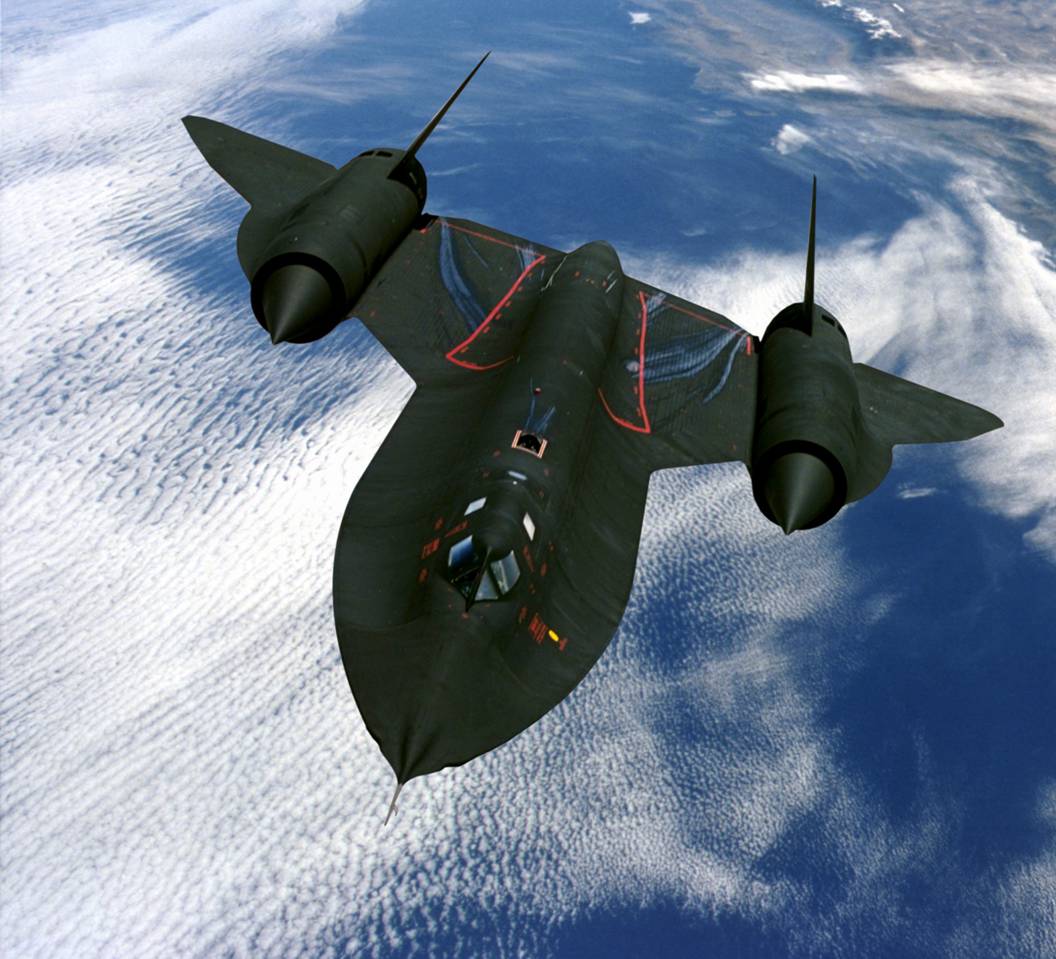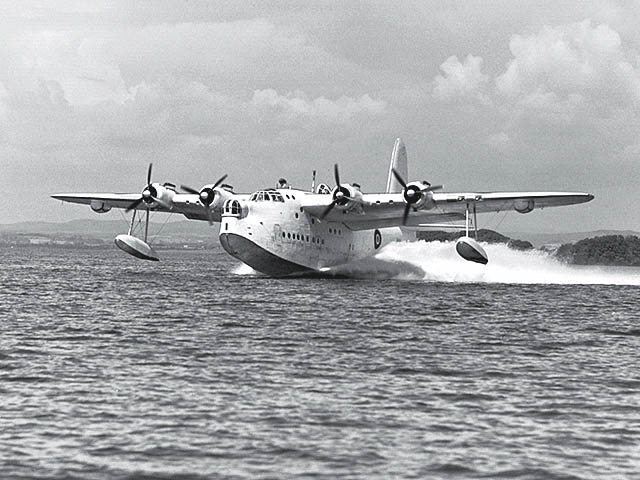Jim Seggie said:And to think they did all this without GPS and the gadgets they have today.
Indeed. How young pilots ever completed a strafing run without simultaneously texting?

Jim Seggie said:And to think they did all this without GPS and the gadgets they have today.
FAL said:Indeed. How young pilots ever completed a strafing run without simultaneously texting?
RedFive said:I'm seeing lots of love for the ground pounders, and so I submit for your viewing pleasure;
The Henschel Hs 129.



Griffon said:It was never made, it it was definitely way before its time...
The Horten Ho 229
E.R. Campbell said:ff topic: Not WWII
There are (were) only a few ugly aircraft (I think the modern F117 stealth fighter is one of them.













YZT580 said:Hey, the goblin was a great idea. Every long range bomber was supposed to carry one to fend off the opposition airborne threats.
NFLD Sapper said:The McDonnell XF-85 Goblin was an American prototype fighter aircraft conceived during World War II by McDonnell Aircraft. It was intended to be deployed from the bomb bay of the giant Convair B-36 bomber as a parasite fighter. The XF-85's intended role was to defend bombers from hostile interceptors, a need demonstrated during World War II. Two prototypes were constructed before the program was terminated.

Colin P said:For I have always had a love affair with Flying boats


